As part of the optimization effort, RFID technology, which enables the noncontact identification, control, and tracking of goods and items throughout the entire value chain, is being explored. That exploration is being encouraged in large part by major companies such as Wal-Mart, Albertsons, Target, Tesco, and Metro – and by government organizations such as the U.S. Department of Defense – all of which require suppliers to provide goods with RFID tags. In a recent study conducted by Bearing Point, Inc., the Software & Information Industry Association (SIIA), and CIO magazine, 58 percent of the IT professionals surveyed, report that their organization will be in the trial or test phase of their evaluation of RFID within one year. Fifty-one 51 percent say they will deploy the technology within two years.
Manufacturers, retailers, logistics providers (forward as well as reverse) and government agencies can use of RFID technology to track, secure and manage items from the time they are raw materials through the entire life of the product. Manufacturers can especially benefit from RFID because the technology can make internal processes more efficient and improve supply chain responsiveness—for example, early RFID adopters in the consumer goods industry reduced supply chain costs between 3 and 5 percent and grew revenue between 2 and 7 percent because of the added visibility RFID provided, according to a study by AMR Research .
However, RFID technology is a relative newcomer to the mainstream of supply chain management. Benefits at an enterprise level will only be reflected when a technology like RFID is integrated with the ERP systems existing in the company.
The move to integrate RFID and ERP systems has been challenging in many ways.
- Standards for the technology are still evolving
- RFID strategies and approaches vary from one organization to the next.
- Analysts predict that RFID integration may result in a 10- to 15-fold increase in data volume.
- Integration of various IT systems so that the high costs involved in maintaining multiple interfaces between RFID ERP systems are avoided.
In the recent years there have been efforts to integrate RFID and ERP by ERP vendors. More than 70 per cent of the companies wanted to use the RFID integrated with ERP. (refer fig.1 app I)
The challenges for ERP vendors are multifold –
- Integrate technologies involved in the RFID infrastructure
- Build infrastructure to handle large amount of RFID data
- Build RFID adapters that enable integration of RFID into existing applications
SAP has been investing in RFID technology over the past six years; SAP has focused on building end-to-end RFID solutions to help customers automate RFID-enabled business processes to drive adaptive supply chain networks.
SAP is the first major ERP software supplier to release a supply chain solution that works with RFID. SAP RFID technology enables the integration of RFID into the existing supply chain network. Thus RFID data can be captured; supply chain processes can be automated and integrated with RFID. This will thus enable the RFID data to be integrated into enterprise systems. RFID can enable real time decision making, drive rapid responses through supply chain management and execution systems.
The core of this product is a middleware called the SAP AII (Auto-ID Infrastructure). This Infrastructure includes a rule based engine that evaluates the data picked by RFID readers and determines which business systems should receive the data. SAP has packaged this middleware with several other SAP products, including the event management component of its supply chain management package and SAP Enterprise portal.
SAP Solution for using RFID
The foremost challenge of RFID adoption is lack of understanding about how RFID technologies will affect and interact with the enterprise applications and systems integration layer, and how this interaction, in turn, will force adaptation at the business process layer.
RFID will have a direct and immediate impact on the core SAP applications and related components such as SAP R3, SCM and CRM. SAP applications and components represent significant investment and are of vital importance. Domain expertise specific to the challenges of SAP implementation, integration and customization, and a thorough understanding of how best to leverage SAP capabilities to drive business-meaningful efficiency gains is essential to realizing maximum internal and external value from RFID.
SAP’s Java-based product, Auto-ID Infrastructure, is stand-alone middleware that can be deployed with or without an SAP back end. It is an integration component that uses SAP’s application server and incorporates NetWeaver integration technology. The middleware applies a new data model to RFID data.
SAP RFID is designed to handle the massive amount of additional data accumulated from scanning RFID tags the following means.
- Connectivity with readers, tags, and other devices
- RFID data aggregation, filtering, and management
- Encoding and rewriting of RFID tags
- Integration of high-volume RFID data with back-end business processes
SAP RFID minimizes the replication of data by focusing on business-related events rather than all data captured in the RFID infrastructure and providing decision-support applications on aggregated, rather than granular data. It supports the following processes:
- Supply chain execution. SAP RFID includes capabilities to pick, pack, track and trace inventory. This improves distribution operation visibility.
- Enterprise asset management. SAP RFID includes capabilities to identify equipment, select work orders, record work and update equipment history. These enable increased efficiency during maintenance and inspection processes, accurate and up-to-date information on physical assets, and better safeguarding of plant integrity.
SAP will offer two predefined processes with Auto-ID Infrastructure: Shipping and Receiving, for scan-based tracking of RFID-tagged pallets, and Outbound Tracking, to enable users to track shipments to customers.
Components of SAP RFID
SAP Auto-ID Infrastructure
SAP Auto-ID Infrastructure (AII) is a middleware solution receiving RFID data from data capture sources, e.g. RFID devices. It integrates the data directly into enterprise applications. It filters, buffers, verifies, and aggregates data coming from different hardware sources. It converts raw RFID data into business process information by making associations of key business rules, master data and transactions to raw RFID data. It has its own SQL database. It can be installed at a local site such as a plant, distribution center, or store. The SAP Auto-ID Infrastructure 2.0 is realized as a Java based web application and it is running on SAP J2EE Web Application Server 6.40. SAP Auto-ID Infrastructure is composed of two main components:
Core services
The core part includes flexible definitions and a rule-sets environment accompanied by a powerful execution engine to address the various processes required by each SAP Auto-ID Infrastructure.
Integration services
SAP Auto-ID Infrastructure needs to interact with three types of environments including backend systems (via SAP XI), devices (via Device Controller) and operational staff, and also to support human interaction for definition, control and maintenance.

Integration services are aimed to enable integration with the 3 different environments that interact with a SAP Auto-ID Infrastructure. The purpose of these services is to also isolate the internal core service of a node from the external world and to make it independent.
SAP Auto-ID Cockpit is a Java Web Dynpro-based tool that enables you to configure and administer SAP Auto-ID Infrastructure systems.
SAP Auto-ID Cockpit can perform the following:
- Activity management, including maintaining activities, rules and conditions
- Data management, including displaying transaction data and master data, as well as
- performing various manual processing functions
- Auto-ID infrastructure customizing, including maintaining RFID devices, message dispatcher for messaging, action types, archiving settings and GTIN number ranges for EPC generation.
Key AII capabilities include:
- Encoding and re-writing of RFID tags
- Local business intelligence and decision support at point of data capture
- Multi-layered RFID data aggregation and filtering
- RFID data capture device management
- Role-based access to RFID data
- Exception alerting and reporting
- Integration of high-volume RFID data into enterprise applications
SAP Event Management
This software tracks and exchanges auto-ID data through the systems used by the supply chain partners. It helps in providing cross-warehouse and cross-company inventory visibility. It enables automated triggering and alert notification of expected and unexpected events, and enables use of RFID data to create standardized reports on key performance indicators for the supply chain.
SAP Enterprise Portal
The portal provides single, unified view and a role-based access to key RFID information coming from supply chain activities. The RFID data and information can be shared both within a company and across extended supply chain networks.
ERP adaptors
ERP adapters are responsible for synchronizing electronic product code number ranges across multiple auto-ID infrastructures. They also support packing, unpacking, loading, unloading, and advanced shipping notification (ASN) processes that involve RFID data.
SAP Web Application Server
It unites RFID infrastructure with Web services technology. SAP Web AS provides application engine, supporting the creation of highly scalable transactional forms through the release of WebDynpro. It creates a link between ABAP and Java. SAP Web AS is the foundation of all SAP NetWeaver components.
SAP Exchange Infrastructure
It provides open integration technologies that support collaboration among SAP and non-SAP components, both within and beyond enterprise boundaries. SAP Exchange Infrastructure (SAP XI) helps minimize administrative effort by queuing and sequencing messages being exchanged among mySAP ERP, auto-ID infrastructure, and event management software. With its business process management capabilities, it merges data from different systems, combining, for example, ASN with RFID data. Not only is SAP XI part of the SAP NetWeaver platform, it is also the main integration technology used to map auto-ID data with other systems, formats, and integration methods.
Working of SAP RFID System
- When an RFID tag passes through the electromagnetic zone, it detects the reader’s activation signal. The reader decodes the data encoded in the tag.
- Then the data is passed on to the device controller by means of a LLI (Low level Interface).
- An XML (Extensible Mark up language) or PML (Physical Mark up Language) message containing raw EPC data is submitted from Device Controller to AII.
- There the message is finished by the Message Receiver class and forwarded to Message Parser. The Parser class extracts all important information from the message and “converts†it into a message object.
- This new object is handled by “Condition and Rule Processorâ€. Depending on the object’s type and data the Rule Processor initiates one ore more activities.
- These activities can influence information stored in a database or generate a new message which is forwarded to SAP Exchange Infrastructure (XI). The information between XI and SAP R/3 is exchanged by means of IDoc (Intermediate Document). XI itself will do some conversion and send it up to R/3 backend where it initiates some other process.

Features of SAP RFID
SAP RFID technology supports:
Goods issue and receipt via automatic shipping/receiving processing based on RFID reads
- Automatic advanced shipping notice (ASN) generation with associated EPC information
- Writing and encoding of tag identifications according to the EPC standard
- Handling of packing and loading of units, cases and pallets via RFID
- Handling of unit-level tracking and tracing, enabling you to see inventory at the item level Exception tracking, using alerts to flag situations such as out-of-stock
- Pallet- and case-level tagging as well as item-level tagging
- Analysis of key supply chain and inventory metrics
SAP’s approach to RFID provides you with both short-term and long-term benefits. From a business point of view SAP RFID can help to
- Understand actual inventory status, fulfillment, and replenishment accuracy as well as customer demand. It thus increases operational flexibility and efficiency as accurate information is now available to all stake holders.
- Manage exceptions (such as inaccurate or late shipment) on the basis of RFID events and automatically trigger the appropriate responses
- Reduce inventory, replenishment cycles, and deployment costs through a single forecast of consumer demand shared across the supply chain
- Facilitate the accurate tracking, tracing, active replenishment and distribution of assets with associated RFID data. This leads to better visibility and insights into the business.
Harmonize the use of standards and master data in your supply chain in accordance with your partners’ supply chains
Comply with customers RFID initiatives and mandates, encode and associate RFID tags, and communicate EPC data between partners
From a technology standpoint, it:
- Can be integrated with existing systems, both SAP and non-SAP.
- Highly scalable at both local and central levels and new business processes can be in incorporated.
- Centralized administration capabilities for distributed auto-ID infrastructures.
- It separates the information that is integrated into operations and decisions from the information that is used in tracking, tracing, and triggering events thus it minimizes RFID data replication.
- Information exchange with business partners can be done in real time.
Success of RFID depends on how well companies adapt their business processes, integrate core technology systems and develop and implement business-meaningful RFID applications that not only ensure compliance but also drive internal value creation now and in the future
RFID solutions hold the promise for an extremely high ROI derived from a real-time view of the entire supply-chain. However, RFID technology is relatively new and poses a high degree of integration challenges. Packaged software only answers part of the RFID implementation puzzle, and seamless integration with existing CRM, SCM, ERP and other core enterprise systems is vital to realizing the full value of this technology.
A company’s success with RFID in an SAP environment hinges on its ability to correctly identify from the start all relevant SAP applications and components that will be affected and formulate and execute a strategically sound implementation plan that reduces time and risk associated with customizing and integrating these SAP components for RFID.



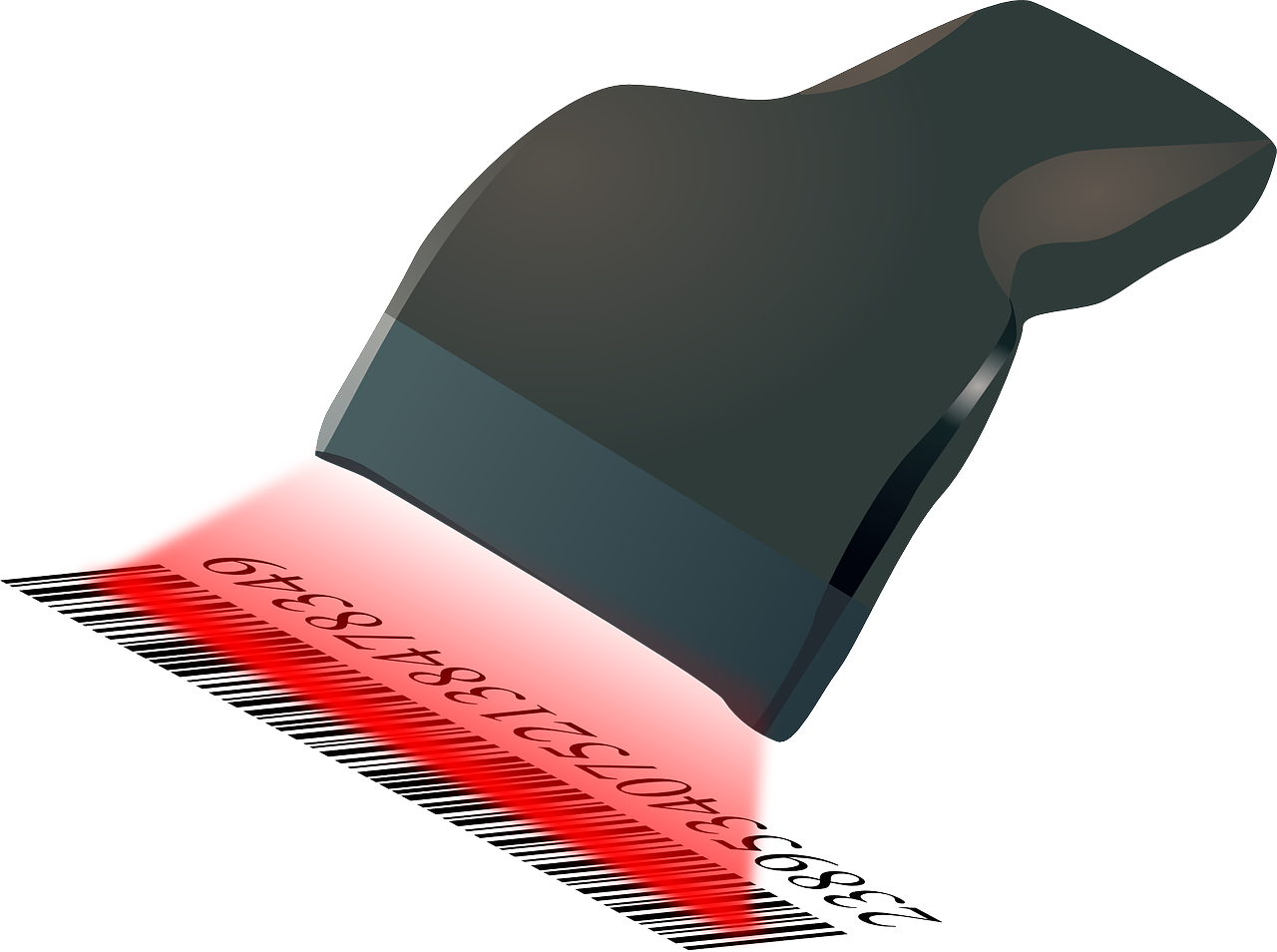
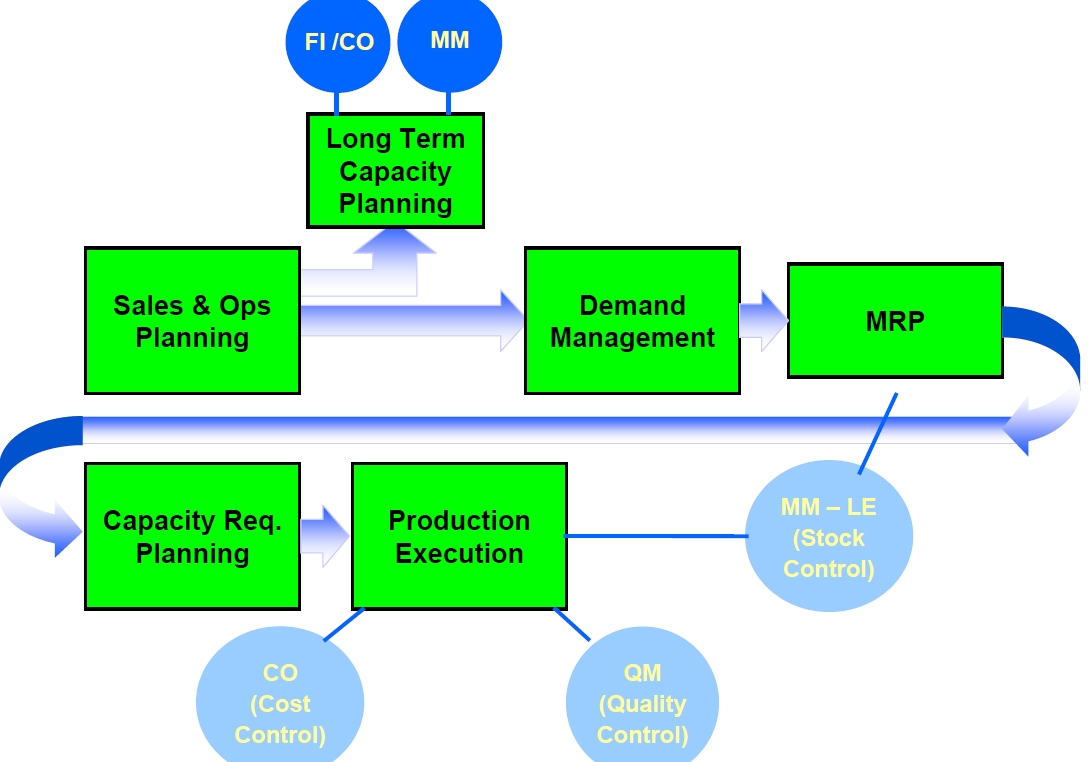
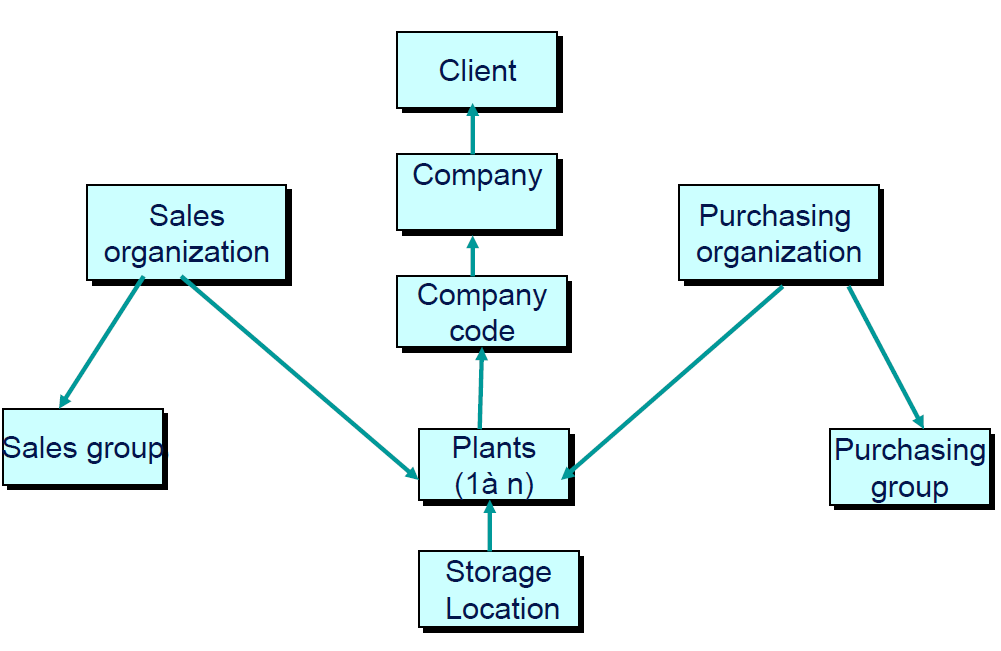
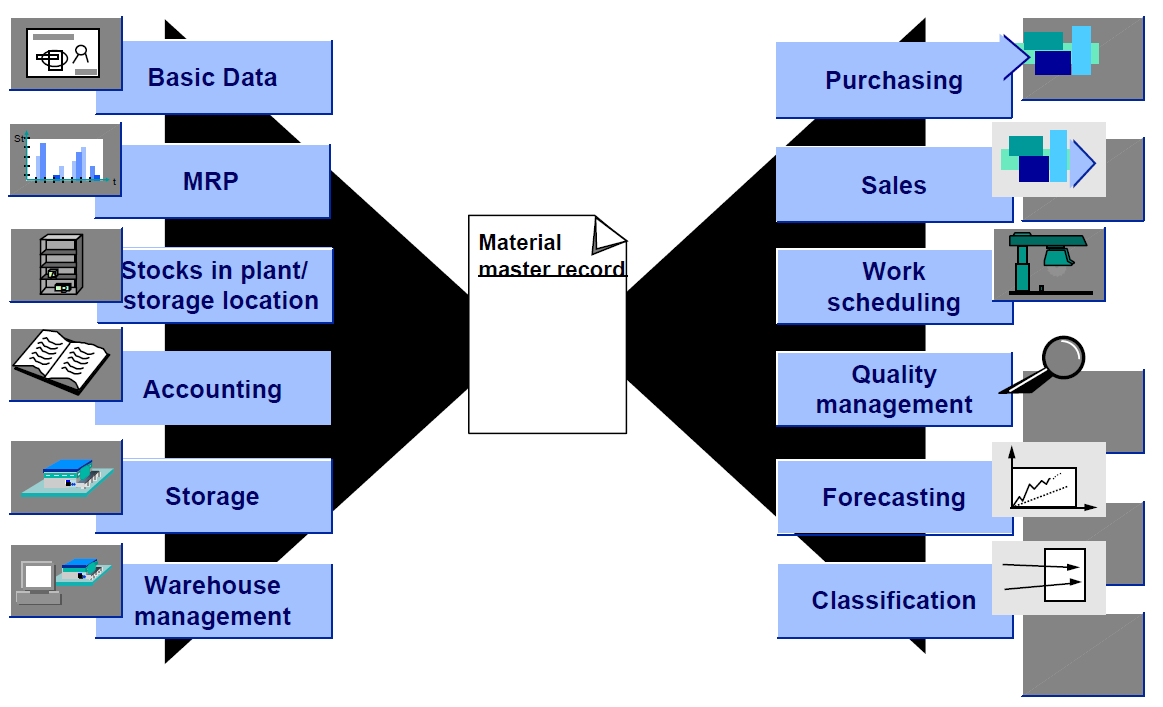
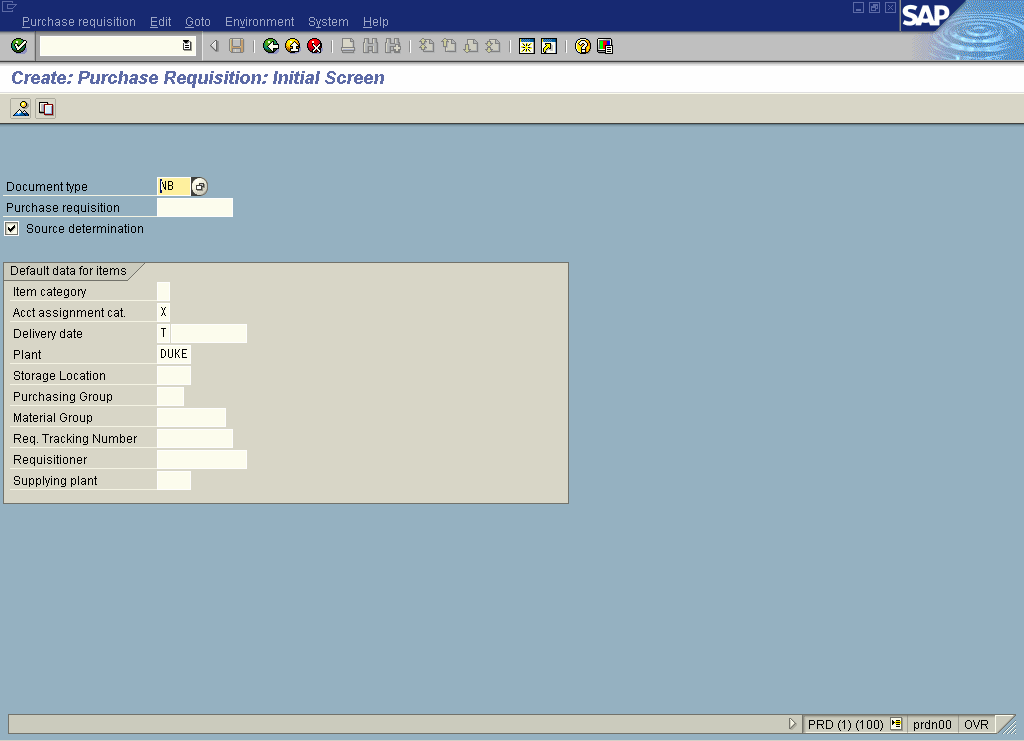
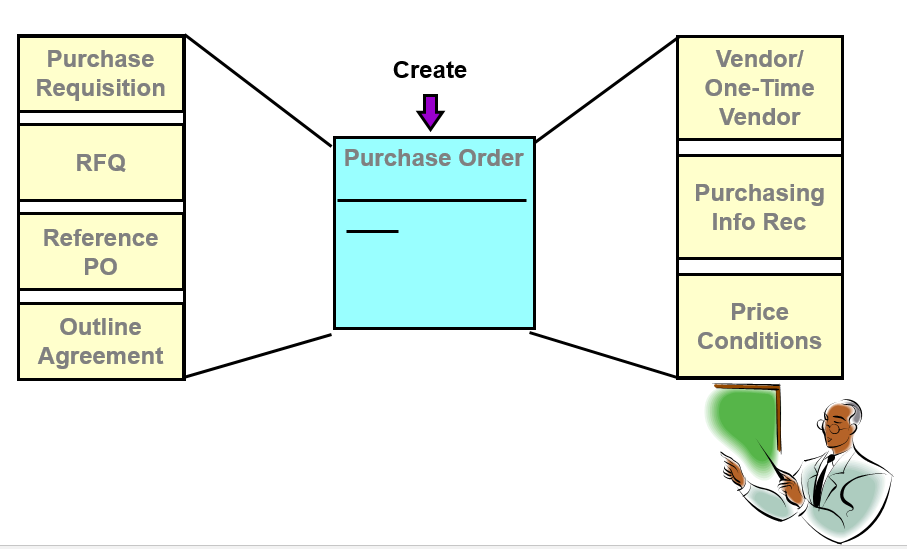
Leave a Reply